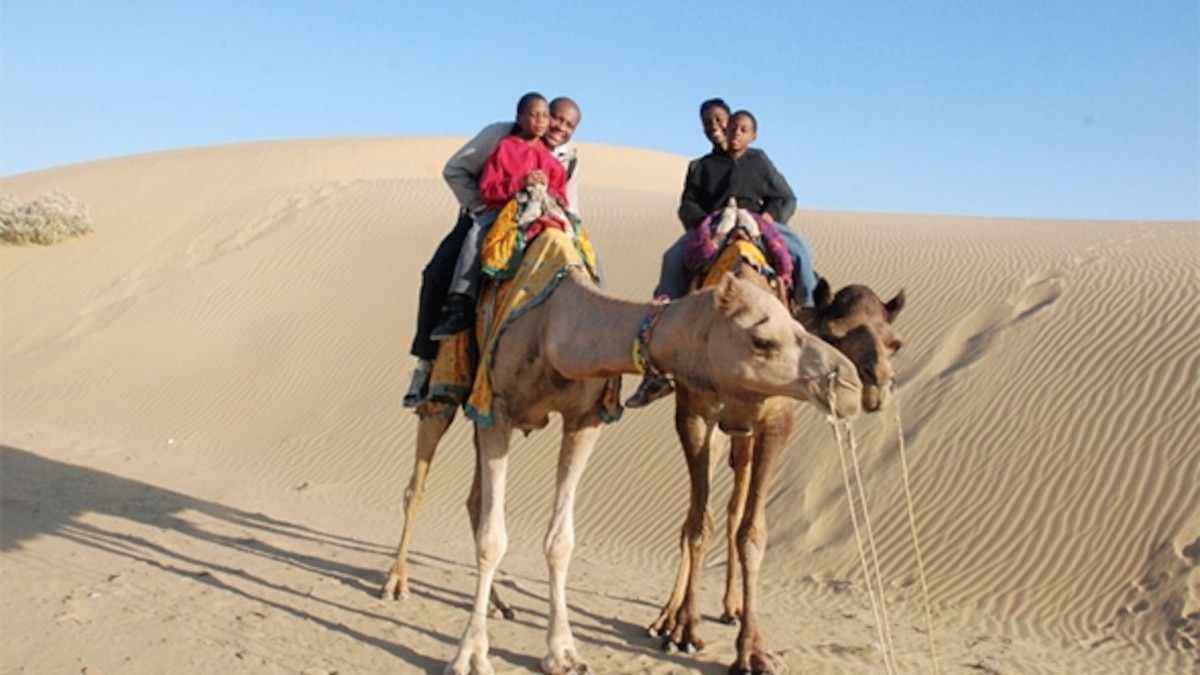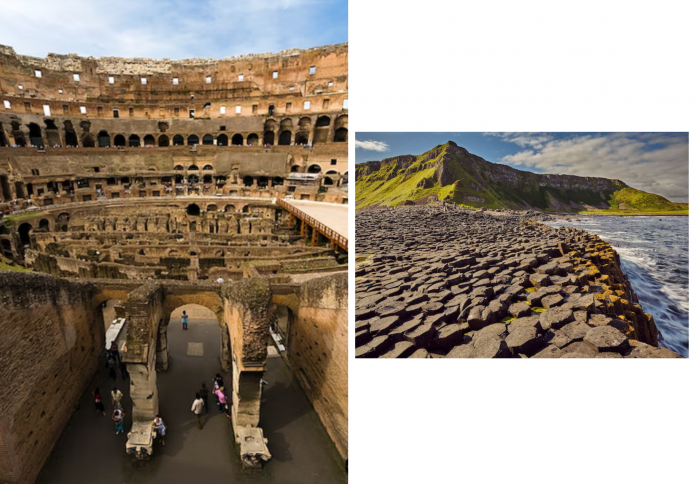The world is filled with wonders, but few are as awe-inspiring as the places and traditions recognized by the United Nations Educational, Scientific and Cultural Organization (UNESCO). Since 1972, the organization’s World Heritage List has grown to include over a thousand cultural and natural treasures, each with a story to tell. More than a mere catalog of trophies, this list represents a global commitment to protect and preserve these irreplaceable areas for future generations. For families seeking to spark a sense of adventure and wonder in young minds, a journey to these sites offers an unforgettable experience. From the ancient arenas of Rome to the mystical landscapes of Turkey, these destinations are more than just landmarks—they are gateways to humanity’s most powerful stories and a source of boundless inspiration for young explorers.
The Stones of Myth and History: Europe’s Timeless Wonders
Europe is home to some of the world’s most enduring and fascinating heritage sites, each offering a window into a past filled with grand legends and engineering marvels. In the heart of Italy, Rome’s legendary Colosseum stands as the largest amphitheater ever built by the Roman Empire, a symbol of its power and engineering genius. Completed in A.D. 80, this elliptical marvel was built to accommodate an estimated 50,000 spectators who came to witness chariot races, mock naval battles, and the dramatic gladiatorial death matches that have captured the human imagination for centuries. Beneath its now-visible floor lies a subterranean maze of tunnels and cages where gladiators and wild beasts were held, a dark and fascinating world waiting to be explored by curious minds.

Across the Irish Sea, a completely different kind of wonder awaits. The Giant’s Causeway in Northern Ireland is a volcanic formation of nearly 40,000 hexagonal columns, a geological marvel forged 60 million years ago when molten lava cooled and crystallized into basalt pillars, some towering more than 80 feet high. While science explains its formation, ancient legend tells a much more whimsical tale. According to lore, this mystical landscape is the handiwork of the mythical warrior Fionn mac Cumhaill (or Finn McCool), who built a bridge across the sea to fight a foe in Scotland. These two sites, one a testament to human engineering and the other a celebration of natural forces and ancient myths, offer a journey through Europe’s rich and varied past.
Beyond the Human: Nature’s Grandest Stage

The World Heritage list also serves as a guide to some of the planet’s most breathtaking natural wonders, where imagination is fueled by the raw power of the earth and the majesty of its wildlife. In Botswana, the Okavango Delta, one of southern Africa’s most biodiverse watersheds, is a dream destination for animal lovers of all ages. Fed by rainwater flowing from Angola’s highlands, the delta sustains the planet’s largest remaining elephant population, along with cheetahs, African wild dogs, and a multitude of other endangered species. The National Geographic Society’s Okavango Wilderness Project has even logged more than 130 previously unknown animal species here, highlighting that this ancient delta is still a place of boundless discovery.

Further afield, the forces of the earth’s creation are on full display in Hawai‘i Volcanoes National Park. According to Hawai‘ian mythology, the Halema‘uma‘u caldera of Kilauea was the fiery home of Pele, the goddess of fire and volcanoes. This simmering cauldron, along with Mauna Loa, makes the park one of the best places to observe the churning geological forces that have shaped our planet for millennia. Not far from this volcanic activity, a journey to Dinosaur Provincial Park in Alberta, Canada, takes young explorers back to the Cretaceous period. The park’s geologically fascinating badlands are where experts have discovered fossils from more than 35 species of dinosaur, offering a chance to imagine a world once dominated by Tyrannosauridae and other magnificent reptiles.
The Crossroads of Culture: Preserving Living Traditions
UNESCO’s designation of Intangible Cultural Heritage recognizes living traditions and practices that help tell the story of our shared humanity. In Indonesia, the centuries-old art of wayang shadow puppet theater offers a magical glimpse into a rich storytelling tradition. An expert storyteller, or dalang, animates flat leather puppets behind a backlit screen to create dazzling dramatizations accompanied by ethereal gamelan music. This cultural practice, which predates television by hundreds of years, brought myths, morality tales, and political commentary to life in both the royal courts and rural areas of Java and Bali.

In a country known for its technological advances, Japan celebrates the analog art of making washi paper by hand. This beautiful, biodegradable paper, which lines glowing lanterns and traditional sliding doors, is the product of a centuries-old process. In 2014, the purest and most traditional form of washi, honminoshi, was bestowed with UNESCO Intangible Cultural Heritage status. Travelers can visit villages like Echizen Washi to see master craftspeople at work, learning and even trying the ancient process for themselves. Both of these traditions highlight the beauty of preserving skills and stories that continue to be passed down through generations.
Ancient Worlds Reborn: Lost Cities and Sacred Sites
For aspiring archaeologists, some of the most inspiring World Heritage sites are those that offer a portal into ancient and mysterious civilizations. In the arid landscapes of Chile, the Chinchorro mummies are a testament to an ancient Indigenous community. Wrapped simply in reeds and decorated with clay masks, these mummies are 2,000 years older than Egypt’s, shedding light on a civilization that once roamed Chile’s northern coast. They serve as a powerful reminder that our planet is still full of discoveries waiting to be unearthed.
On the eastern coast of Mexico’s Yucatán Peninsula, the Sian Ka’an biosphere reserve, whose name means “origin of the sky” in the Maya language, extends from tropical forests to coral reefs. Beyond its stunning natural beauty, the reserve is home to Muyil, a pre-Hispanic settlement where kids can let their inner archaeologist run wild. Here, they can explore a steep, walled pyramid known as “El Castillo,” which was built nearly a thousand years ago. In central Turkey, Göreme National Park offers a surreal landscape of eroded volcanic stone formations known as “fairy chimneys.” Some of the most striking sights are villages carved into the volcanic tuff, which emerged as a center of monastic activity in the fourth century when Christians created subterranean communities and frescoed sanctuaries that visitors can explore today, offering a unique journey into both natural and human history.










